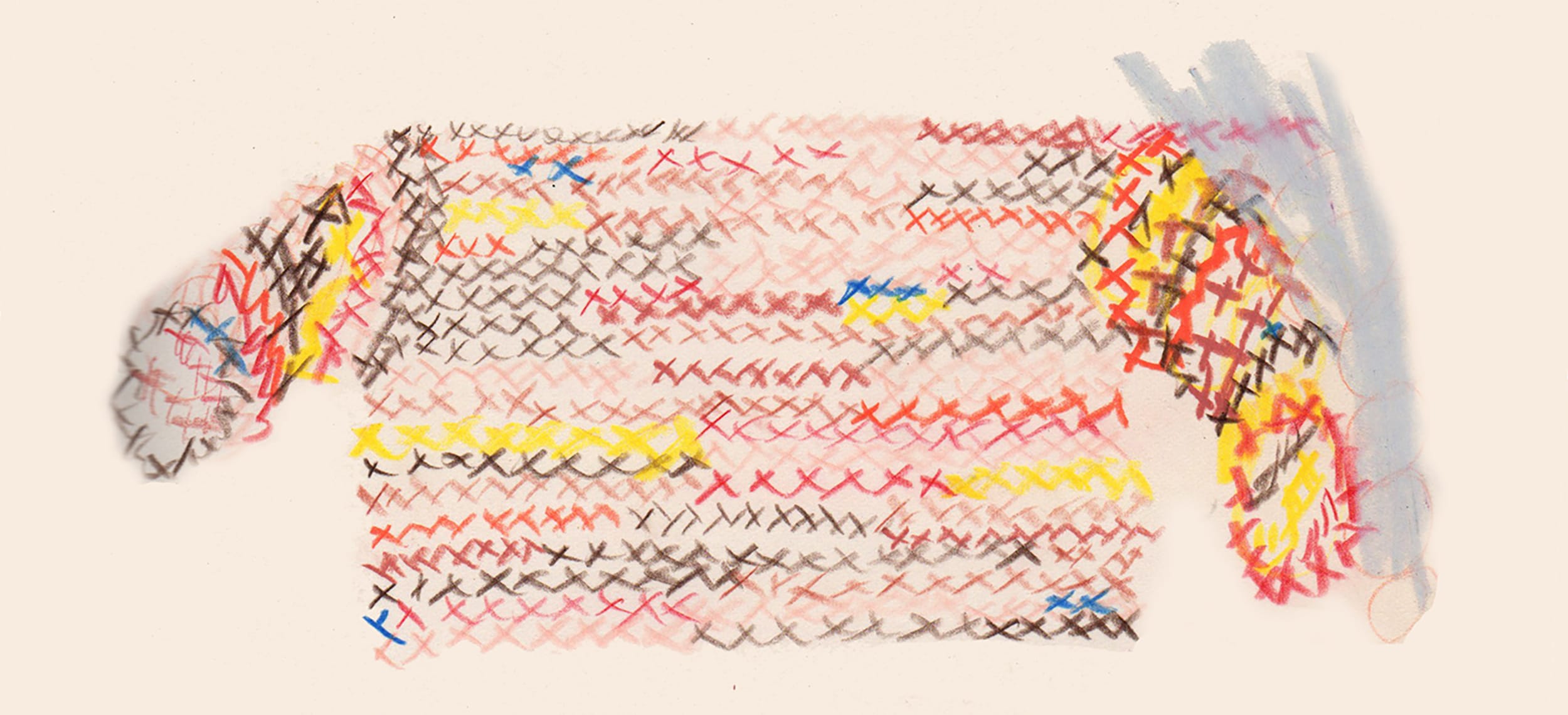A Look Inside the Whitney Museum’s First Fashion Exhibition in 20 Years
Eckhaus Latta comments on the conventions of the fashion industry in its first institutional solo show

Of the up-and-coming fashion brands inhabiting New York’s underground style scene, few have captured the city’s discipline-dabbling zeitgeist more succinctly and more compellingly than Eckhaus Latta. The seven-year-old collective enterprise of designers Mike Eckhaus and Zoe Latta, now split bi-coastally between New York and Los Angeles, has quickly carved out a new sartorial language within the fashion industry, coining a signature edgy, utilitarian aesthetic that is as much defined by its resistance to clear definition as it is by the scene kids who champion it.
Known for their performative runway shows that often tap artist friends in lieu of professional models—Bjarne Melgaard, Susan Cianciolo, and Juliana Huxtable are among the ranks of those who have walked Eckhaus Latta shows—and with a CV decorated with cameos at MoMA PS1 and the Hammer Museum, the duo, who met while studying sculpture and textiles, respectively, at Rhode Island School of Design, are no strangers to art world crossovers.
Their latest foray touched down at the Whitney Museum on August 3 as “Eckhaus Latta: Possessed,” the New York museum’s first fashion-driven exhibition since “The Warhol Look: Glamour, Style, Fashion” in 1997 and Eckhaus Latta’s first institutional solo show to date. The exhibition is an installation segmented into three chambers and includes contributions from 21 other artists commissioned by the brand that, as a whole, comments on the established conventions of the contemporary fashion industry, from advertising to the retail environment.

Upon entering, viewers encounter unfinished walls speckled with light boxes blowing up images of models like Michael Bailey Gates and Gemma Ward in garments culled from Eckhaus Latta’s archive. Drawing upon the highly polished aesthetic tropes of glossy fashion advertisements à la Steven Meisel, the installation riffs on Eckhaus Latta’s own unique look and contrasts its frequent employment of nonmodels.

The core of the installation is a fully operational retail shop where viewers can touch, try on, purchase, and take home clothing and accessories designed for the show as a playlist featuring tracks by Tracy Chapman and Cocteau Twins hums overhead. The space’s furnishings, from the shelving to the fitting room curtain, were created by artists commissioned by the brand: As they move about, viewers can lounge atop a bench by Tracey Thornton and snap selfies in a Susan Cianciolo–designed mirror.
The third space is a darkened room reminiscent of a mall security office in which viewers can look back on recordings of the shopping area. Throughout the exhibition, the everyday act of shopping—trying on clothes, interacting with the sales staff, then reviewing the purchase through the surveillance footage—becomes a performance that calls into question the modes of consumption and desire.

“By setting the gallery up to reference shopping—an activity that people from all backgrounds can relate to—rather than simply viewing a gallery full of inaccessible mannequins, we are emphasizing every person’s agency in the systems of desire and consumption that we all participate in,” explains curator Lauri Freedman, who notes that she and her cocurator, Christopher Y. Lew, were interested in the brand’s unique take on the intersection of the industries. “It is that sense of agency we hope lends this exhibition an intimacy that is a unique and personal experience for everyone who visits.”
“The consumption of art, culture, music, and fashion occurs with less hierarchy,” she continues, noting that the installation also points to the blurry line between museum exhibitions and retail initiatives. “While this is not a new phenomenon, we hope ‘Eckhaus Latta: Possessed’ helps bring into relief the ways in which various objects are deemed appropriate for different kinds of venues.”

The exhibition marks a pivotal moment in the emerging cultural scenes in New York and Los Angeles, where ambitious multihyphenate makers like Eckhaus Latta defy easy labels and chip away at the perceptual divide between fashion, art, design, and beyond, cross-pollinating to create complex—and exciting—new products and ideas.
“Eckhaus Latta: Possessed” is on view at the Whitney Museum of American Art through October 8.